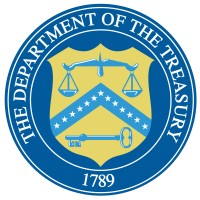
City of Toronto
The City of Toronto is committed to fostering a positive and progressive workplace culture, and strives to build a workforce that reflects the citizens it serves. We are committed to building a high performing public service, with strong and effective leaders to enable service excellence, through high engagement and healthy and safe workplaces. Toronto is home to more than 2.9 million people whose diversity and experiences make this great city Canada’s leading economic engine and one of the world’s most diverse and livable cities. As the fourth largest city in North America, Toronto is a global leader in technology, finance, film, music, culture, and innovation, and consistently places at the top of international rankings due to investments championed by its government, residents and businesses. Toronto Public Service consists of approximately 35,771 employees, providing programs and services to Toronto residents, businesses and visitors. Additionally, the City of Toronto has a number of agencies and corporations including the Toronto Police Service, Toronto Public Library and the Toronto Transit Commission, which make up the broader municipal organization. There are 44 operating divisions and offices providing an extensive level of programs and services. We offer diverse career opportunities across a wide variety of professional, trade, administrative, managerial and other employment roles. The Toronto Public Service has won numerous awards for quality, innovation and efficiency in delivering citizen-focused services. We are proud to have been named one of Canada's Top 100 Employers, Canada's Best Diversity Employers, Top Family Friendly Employers and Greater Toronto's Top Employers. Consider joining the award-winning Toronto Public Service and help us make a difference in a great City!






